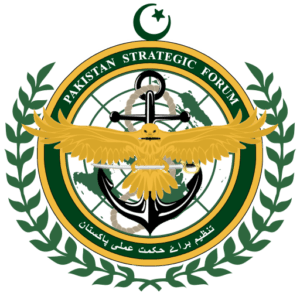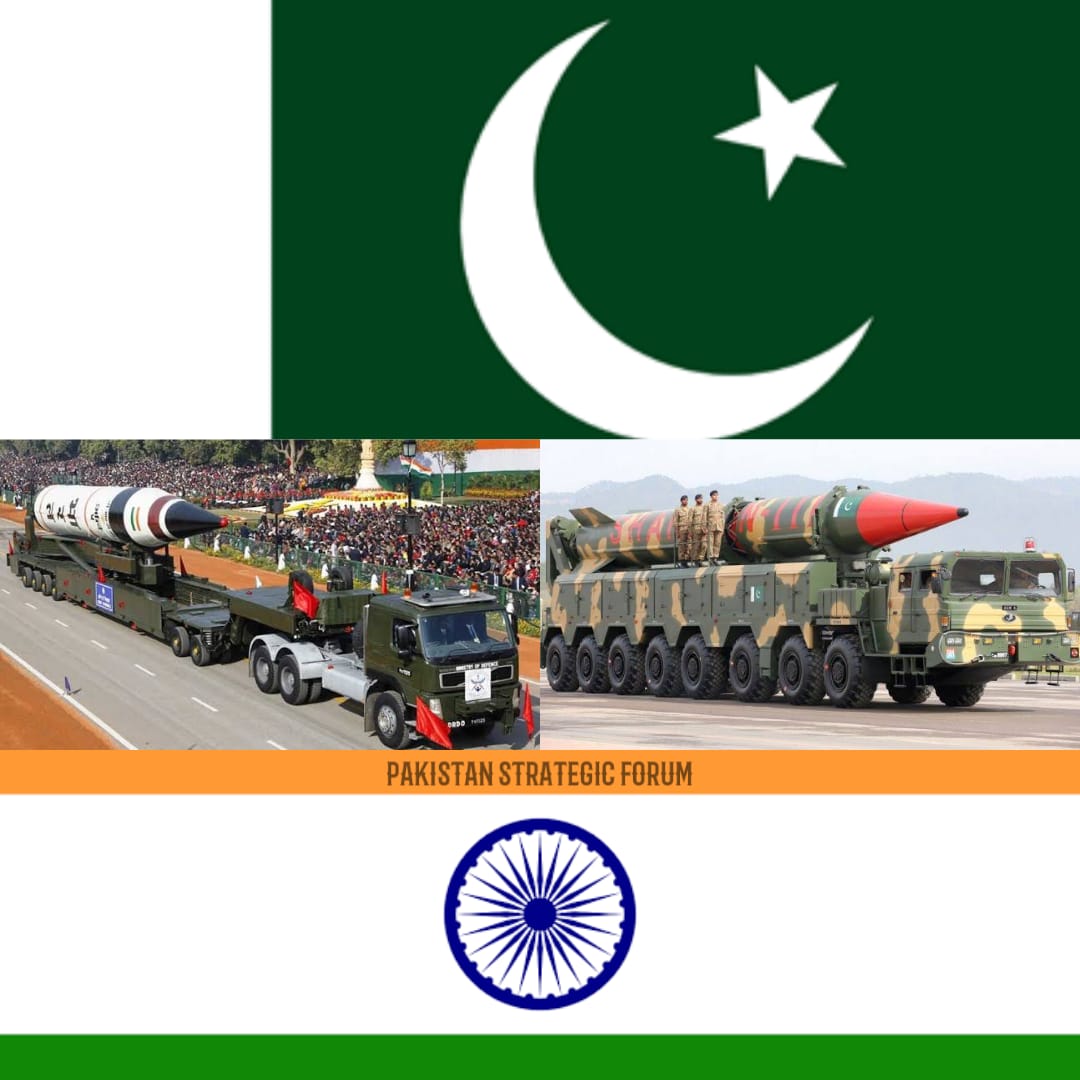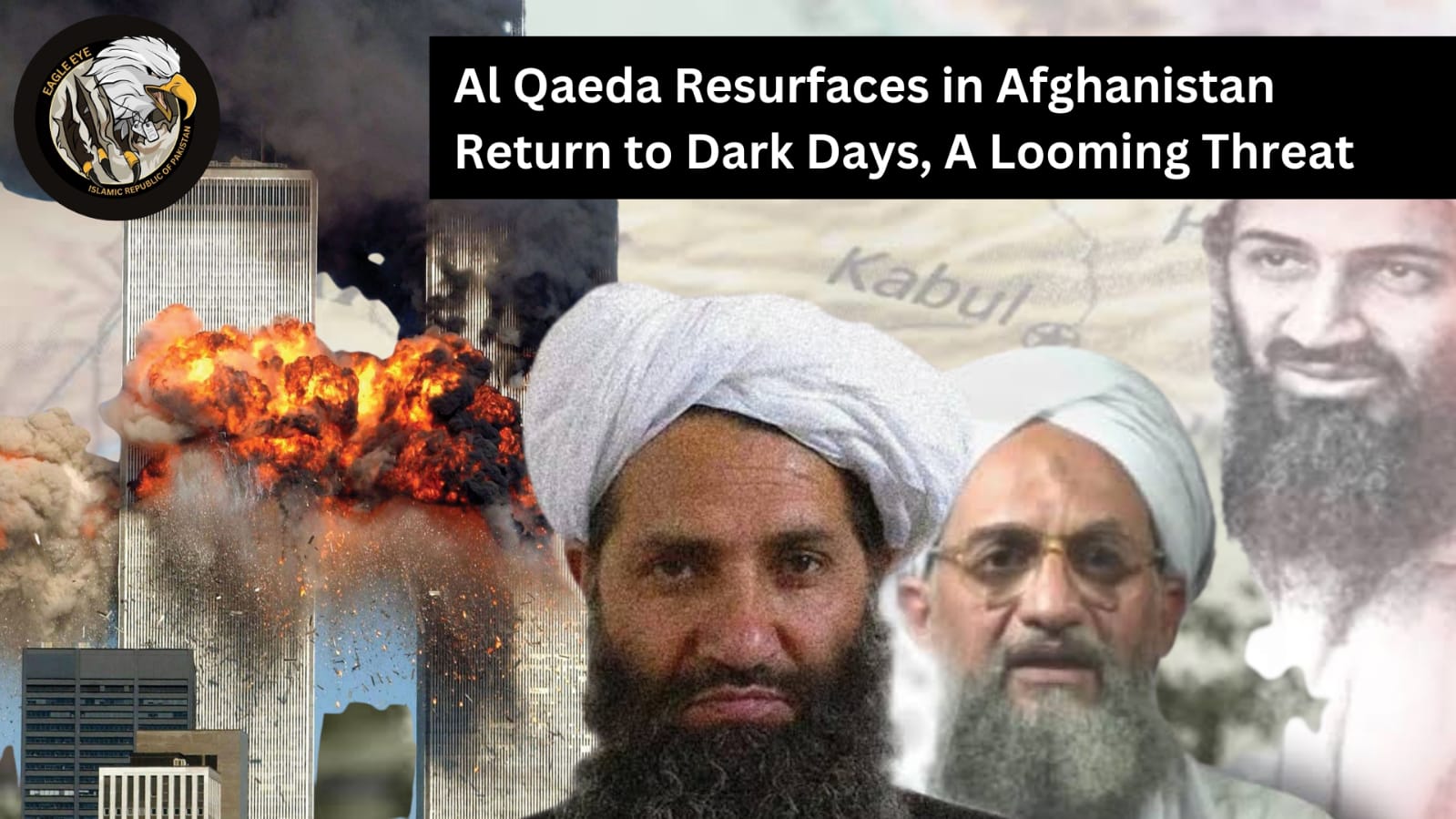Introduction
South Asia is one of the most critical and sensitive regions of the World regarding conflicts. There are eight countries in this region, India, Afghanistan, Pakistan, Nepal, Bhutan, Sri Lanka, Bangladesh, and Maldives. All these countries are directly or indirectly involved in some sort of conflicts. Among them, Pakistan and India are arch-rivals since their independence in 1947. This region is facing many traditional and non-traditional security threats. Two countries in this region have nuclear weapons while two others are present in the neighborhood of this region.
Background
“As long as the world is constituted as it is, every country will have to devise and use the latest devices for its protection. I have no doubt India will develop their scientific researchers and I hope Indian scientists will use atomic force for constructive purposes. But if India is threatened, she will inevitably try to defend herself by all means at her disposal.”
(Pandit Jawahar Lal Nehru, Former Prime Minister of India)
“We (Pakistan) will eat grass, even go hungry, but we will get one of our own (Atom bomb) …. We have no other choice!”
(Zulfikar Ali Bhutto, Former Prime Minister of Pakistan)
These are the two statements by the former head of states of India and Pakistan regarding Nuclearization. Pakistan and India are two arch-rivals since their independence from British colonialism. These statements also show the quest for nuclearization by both states. India did her first nuclear explosion in 1974 starting an era of nuclearization in this region. Those nuclear tests changed the entire security dynamic of south Asia. Although, India claimed that those were for peaceful purposes and named them as Smiling Buddha & Peaceful Nuclear Explosions (PNE). Then again in 1998, India and Pakistan both counties did nuclear explosions. On 11 and 13 may, India did Nuclear explosions and then Pakistan followed suit to balance the Indian superiority in South Asia.
For India, Nuclear Weapons are a symbol of pride, prestige, and great power. India is following normative model While for Pakistan, Nuclear Weapon means to deter Indian Aggression and maintains the balance of power in South Asia. Pakistan is following the security model because it is facing security threats from India on eastern borders. Motivation behind the nuclear program is the key element when analyzing the policies of a country toward peace.
Nuclearization of South Asia changed the entire security dynamics of South Asia. After nuclearization of this region, impacts can be concluded by 3 main events.
- Kargil War.
- Twin Peak Crisis.
- Pulwama Attack and Balakot Strike.
Effects of Nuclearization
After the nuclearization of South Asia, the region did not witness any all-out full-scale war despite some serious border tensions. Nuclear Weapons bring strategic stability in the region. The US and Russia played a major role in designing the policies in South Asia. Indo-Russian and Indo-US defense deals have disturbed the strategic stability in south Asia. On the other hand, China has a very significant role in defining Pakistan’s security policy. We witnessed doctrinal shifts in both countries due to Nuclearization.
Nuclear weapons are very helpful for preventing major wars. This theory already observed during the Cold War era. During the cold war era, the US and Soviet Union had the highest numbers of nuclear weapons, but this prevented them from any full-scale direct war. Cuban Missile Crisis was also solved due to the presence of nuclear weapons. Both countries maintained their strategic deterrence. Now for India, Nuclear Weapon is a symbol of global power while for Pakistan it is just for deterrence. Pakistan and India both are non-signatory of NPT and CTBT.
To counter Indian Conventional Superiority, Pakistan came up with the idea of “Full Spectrum Deterrence (FSD)” and “Minimum Credible Deterrence”. But according to Lt Gen (R) Naeem Khalid Lodhi, Pakistan still lacks full spectrum deterrence despite having nuclear bombs. After the nuclearization of this region, the region witnessed many doctrinal shifts, based on acquisition of many new modern and advanced weapon systems. From Su-30 MKI to S-400 BMD systems, all came after the nuclearization. India introduced weapons which disturbed the balance of power in the region. Now India has introduced another one -Anti-Satellite weapons in the region. While Pakistan introduced MRIV technology.
Arms Race
On the other hand, an era of new arms race also started with this nuclearization in this region. Failure of Indian Armed forces during twin peak crisis gave birth to another doctrine known as “Cold Start Doctrine”. Indian Army took 3 weeks to mobilization to western border. Before twin peak crisis, Indian Army was following SunderJi Doctrine. But during twin peak crisis, Indian Army was unable to mobilize swiftly.
Hence, in 2004, Indian policy makers came up with the idea of “Cold Start Doctrine”. To implement new doctrine, Indian army required new weapons and tactics. For that Indian Military is spending billions of dollars to undergo the modernization process. Then again in 2017-18, Indian Military revised its war fighting plans and published new doctrine with the title of Land Warfare Doctrine. As I said earlier, these doctrines started an arms race between countries.
Both countries are facing the worst economic crisis but still both are spending huge amounts of money on their defense. More than 1 billion people are living below the poverty line. According to SIPRI, during 2013-17 India was the largest arms importer in the world. Besides manufacturing at HAL, DRDO, India is also buying arms from US, France, Israel, and Russia. Political stability in both countries is also in very bad shape. On one side Pakistan is dealing with dozens of internal issues including poverty, lack of education etc. while on the other hand there is growing border tensions with India and Afghanistan. Indian Government is also having similar problems. After nuclearization, both countries are spending huge amounts of money on defense which is not a good sign for both countries as well as the region. SAARC is also having issues due to this rivalry between India and Pakistan.
Conclusion
Nuclear Weapons are very helpful in preventing major or full-fledged wars, but they pave the way for Arms Race. Both countries are competing in the terms of Conventional as well as Nuclear Arms. Indo-Pak relations have a major role in South Asian Geo-politics. SAARC failed due to Indo-Pak relations. Under these circumstances both Pakistan and India must go for disarmament and arms control.
Long Live Pakistan
Follow us on Twitter: @ForumStrategic
Follow us on Instagram: strategic_pak
Follow us on Reddit: r/PakStrategic
#Bravo
#TeamPakistanStrategicForum







